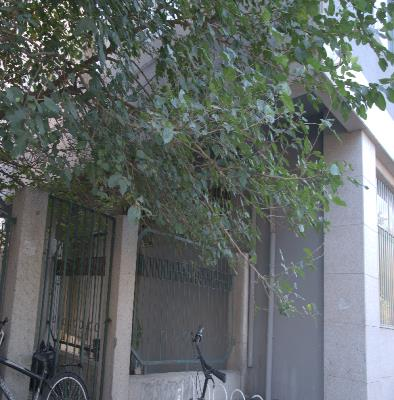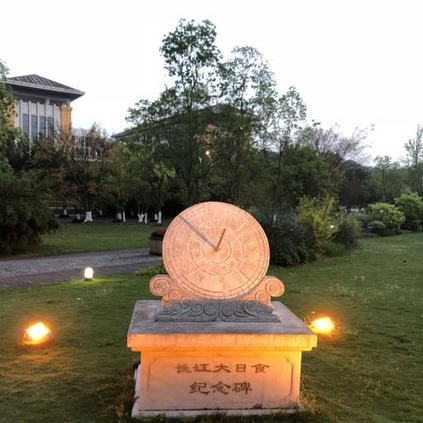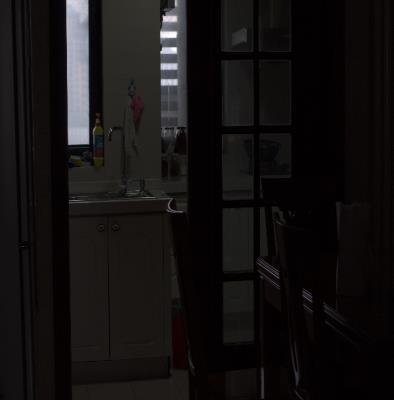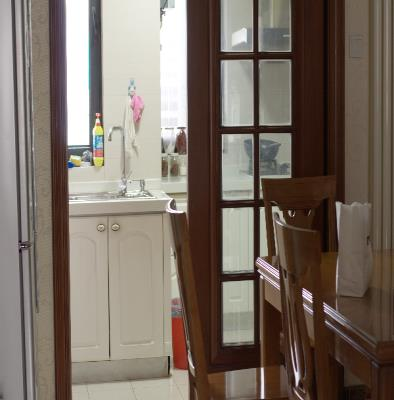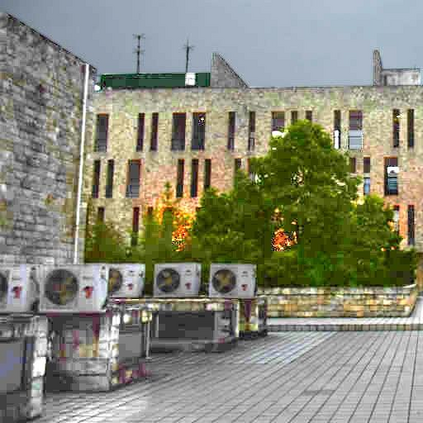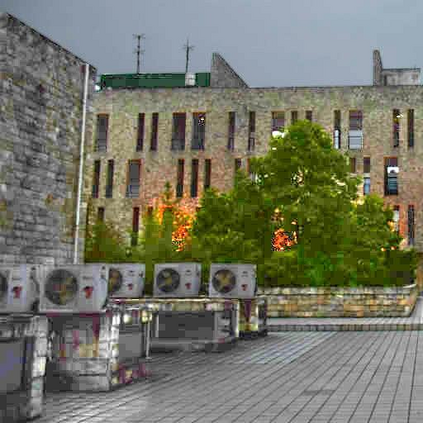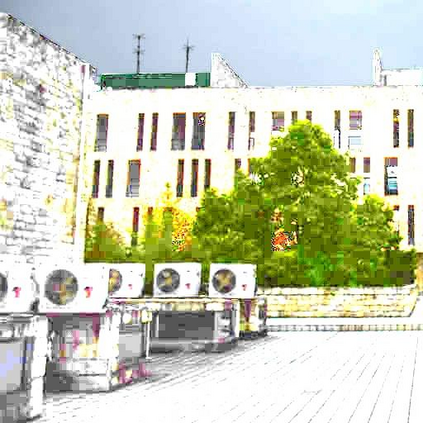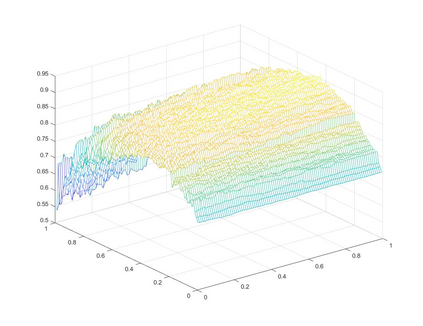Blind image quality assessment (BIQA), which aims to accurately predict the image quality without any pristine reference information, has been highly concerned in the past decades. Especially, with the help of deep neural networks, great progress has been achieved so far. However, it remains less investigated on BIQA for night-time images (NTIs) which usually suffer from complicated authentic distortions such as reduced visibility, low contrast, additive noises, and color distortions. These diverse authentic degradations particularly challenges the design of effective deep neural network for blind NTI quality evaluation (NTIQE). In this paper, we propose a novel deep decomposition and bilinear pooling network (DDB-Net) to better address this issue. The DDB-Net contains three modules, i.e., an image decomposition module, a feature encoding module, and a bilinear pooling module. The image decomposition module is inspired by the Retinex theory and involves decoupling the input NTI into an illumination layer component responsible for illumination information and a reflectance layer component responsible for content information. Then, the feature encoding module involves learning multi-scale feature representations of degradations that are rooted in the two decoupled components separately. Finally, by modeling illumination-related and content-related degradations as two-factor variations, the two multi-scale feature sets are bilinearly pooled and concatenated together to form a unified representation for quality prediction. The superiority of the proposed DDB-Net is well validated by extensive experiments on two publicly available night-time image databases.
翻译:盲人图像质量评估(BIQA)旨在准确预测图像质量,而没有纯度参考信息,但在过去几十年中一直受到高度关注。特别是,在深神经网络的帮助下,迄今为止已经取得了巨大进展。然而,在BIQA对夜间图像(NTIs)的调查仍然较少,这些图像通常受到复杂的真实扭曲,如可见度降低、对比度低、添加噪音和色彩扭曲等。这些不同的真实性降解特别对设计有效的深神经网络以进行盲NTI质量评估(NTIQE)提出了挑战。在本文件中,我们提议建立一个新的深度分解和双线联合网络网络(DDB-Net)网络,以更好地解决这一问题。DDD-Net包含三个模块,即图像分解模块、特征编码模块和双线集合模块。图像分解模块受Retinex理论的启发,涉及将输入NTI的输入分解成一个明度层部分,负责披露信息,反映内容信息的平整层部分。随后,在两个与图像相关的分级数据库模块中,通过两个分级的多级分析模块,最终进行多级的多级分析模块的多级分析。











